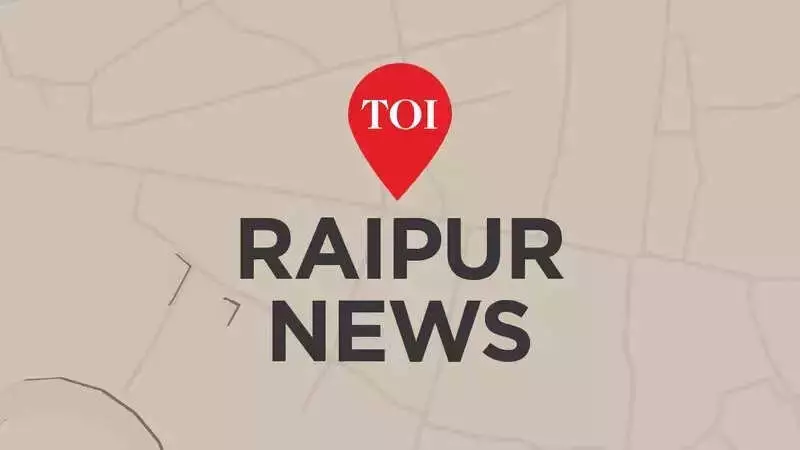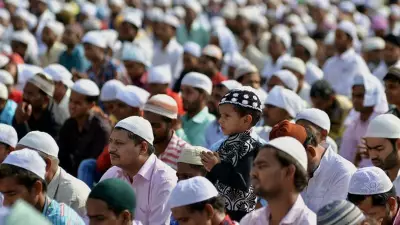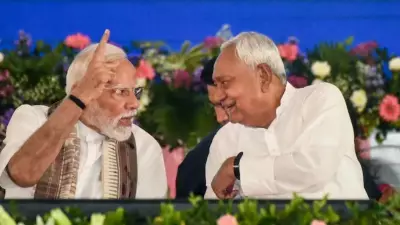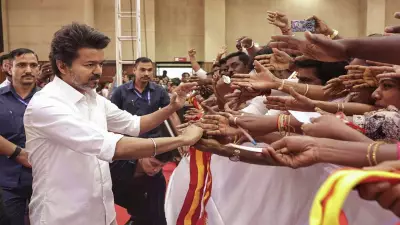
Historic Assembly Building Hosts Emotional Final Session
RAIPUR: The iconic assembly building that witnessed Chhattisgarh's entire political journey since its formation hosted its final sitting on Tuesday, marking the end of an era. Legislators from across party lines turned the one-day special session into a heartfelt farewell to the hallowed halls that saw the state's birth, fierce political battles and landmark decisions.
Bipartisan Walk Through Memory Lane
Convened to commemorate 25 years of the legislature's journey, the special sitting in the Raipur Assembly chamber became a rare bipartisan moment of reflection. The building, which opened in 2000, will now make way for a new complex in Naya Raipur. Members from both government and opposition benches revisited the state's political evolution, from early coalitions and no-confidence motions to welfare legislation and the changing dynamics of Chhattisgarh's governance.
Senior BJP MLA and former minister Ajay Chandrakar opened the discussion by tracing Chhattisgarh's remarkable transformation from being part of "BIMARU" Madhya Pradesh to becoming what he described as a "progressive state" with significantly enhanced budget and infrastructure. He revealed that Chhattisgarh began with a budget of approximately ₹3,241 crore and has now graduated into the "category of advancing states" through sustained efforts across successive governments.
Historical Roots and Political Milestones
Chandrakar provided fascinating historical insights, noting that the term "Chhattisgarh" first appeared in the writings of Dalpat Rai, a court poet in the erstwhile Khairagarh princely state. He highlighted that freedom fighter and thinker Pt Sundarlal Sharma had sketched an early "imagined map" of a separate Chhattisgarh as early as 1918, demonstrating that the statehood dream predated political party manifestos by decades.
The BJP leader proudly recalled that MLAs had unanimously adopted the rule of "automatic suspension" for members entering the sanctum sanctorum of the House, a practice that placed Chhattisgarh "ahead" in maintaining parliamentary decorum. He emphasized that in 25 years, the Assembly never faced a quorum crisis nor required marshals to restore order - something he described as exceptional in Indian legislative history.
Congress Leader's Nostalgic Reflections
Speaking for the Opposition, former chief minister and senior Congress MLA Bhupesh Baghel struck a nostalgic chord, reminding members that Chhattisgarh's first Assembly functioned from a tent. "Very few MLAs are left now who began their political journey from Minto Hall in Madhya Pradesh," Baghel remarked, referring to the old MP Assembly in Bhopal. "Our first Vidhan Sabha here started in a tent. Now, with the new building in Naya Raipur, the Assembly finally has a permanent home of its own."
Baghel traced the political roots of the statehood demand to Dr Khubchand Baghel's movement in 1967 and noted that the call for a separate state entered the Congress manifesto in 1993. He acknowledged that the then Digvijaya Singh government in Madhya Pradesh passed a resolution recommending statehood, and Chhattisgarh was ultimately created with broad consensus between Atal Bihari Vajpayee and Sonia Gandhi, representing both ruling and opposition blocs.
On the Naxal issue, Baghel claimed that during his five-year tenure as chief minister, no adjournment or calling-attention motion on Naxal violence was brought in any session, suggesting relative stability during that period. He expressed disappointment that two key Assembly decisions - the Hasdeo forest conservation resolution and the 27% reservation bill - did not translate into law.
Unique Political Trajectories and Institutional Growth
Baghel highlighted the unique political trajectories emerging from the Chhattisgarh Assembly: "Two Speakers (Gaurishankar Kaushik and Charan Das Mahant) went on to become Leaders of Opposition, and a former chief minister (Raman Singh) later became Speaker - a rare example."
Senior MLA Dharamlal Kaushik participated in the discussion, noting that the building had delivered key guarantees including food security and skill development, and had hosted a Commonwealth Parliamentary Association conference. He emphasized the creation of a Central Hall patterned after Parliament as a marker of the Assembly's growing institutional stature.
Assembly officials confirmed that a total of 24 MLAs registered to speak in the discussion, reflecting the emotional significance of the occasion.
Tribute to Departed Leaders
During the special session, Chief Minister Vishnu Deo Sai led the House in remembering three late legislators whose careers were intertwined with the state's political journey - Rajni Tai Upasne, Banwari Lal Agrawal and Radheshyam Shukla.
Sai described Rajni Tai Upasne, Raipur's first woman MLA, as an inspiring figure in both political and social life, calling her death an "irreparable loss" to Chhattisgarh. Remembering former Deputy Speaker Banwari Lal Agrawal, a two-term MLA, he said Agrawal's commitment to public service and organizational work would continue to guide future generations.
On Radheshyam Shukla, the chief minister said he would be remembered as a disciplined and devoted public representative whose life was dedicated to people's welfare. He offered prayers for peace to the departed leaders and strength to their families, affirming that their contributions would remain an enduring part of Chhattisgarh's democratic legacy.
The emotional farewell session marked not just the closing of a building, but the end of a significant chapter in Chhattisgarh's political history, as the state prepares to write its next chapter in the new assembly complex in Naya Raipur.





